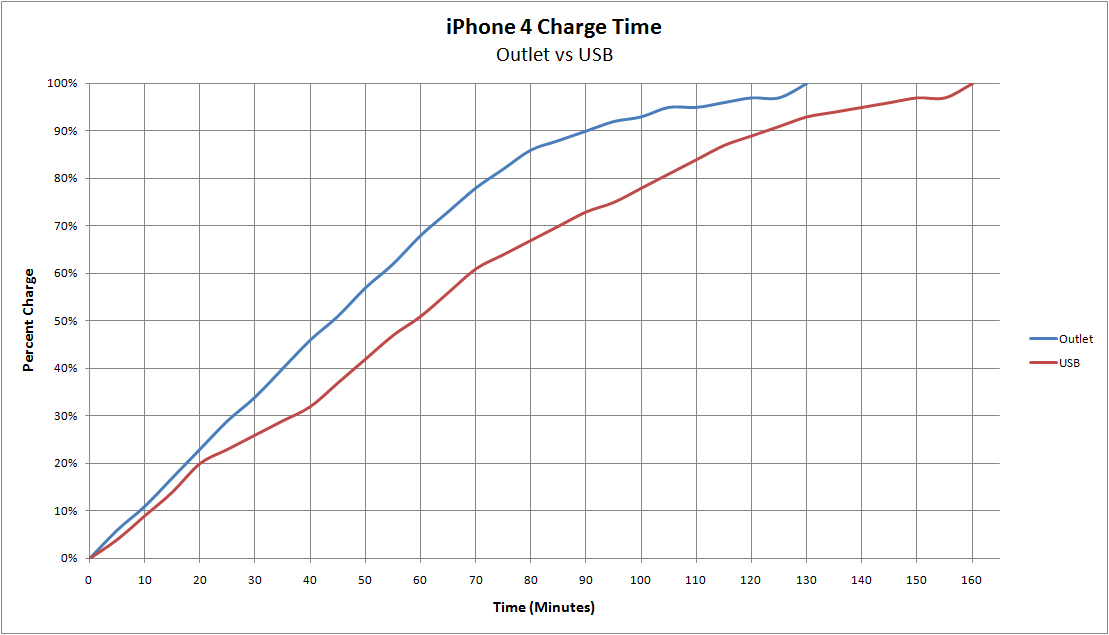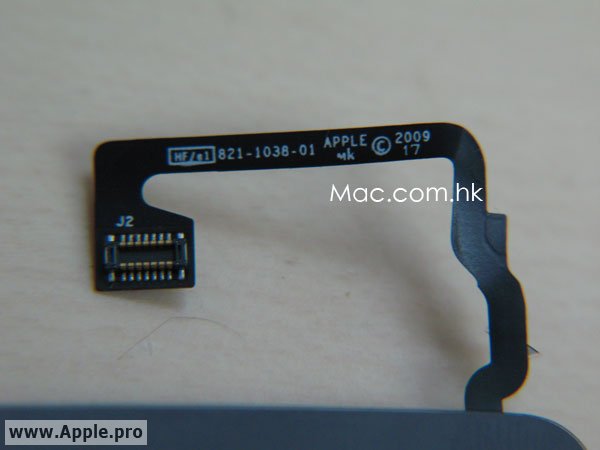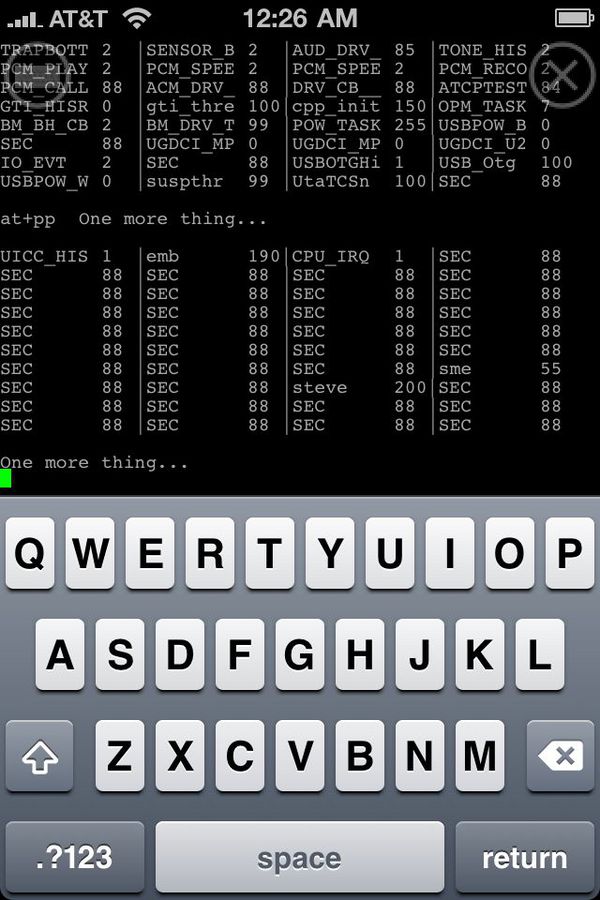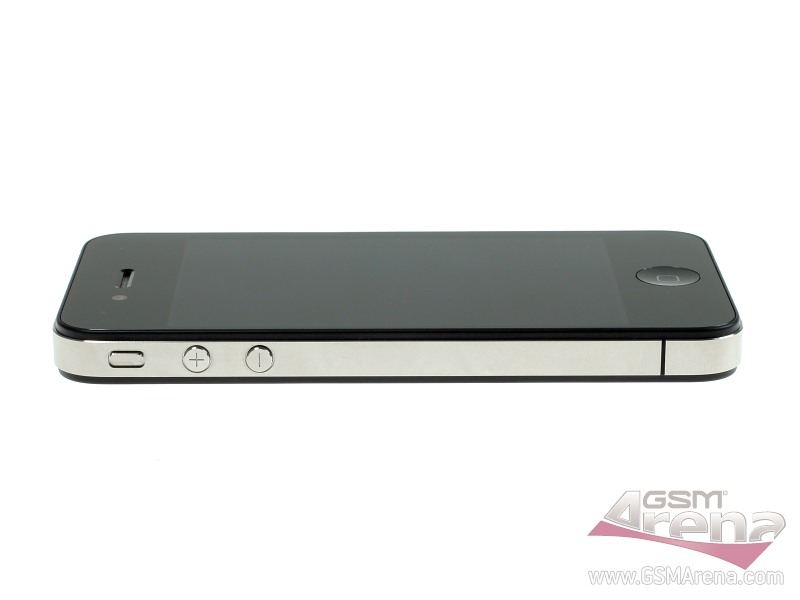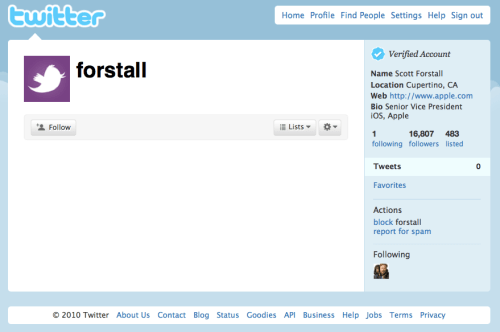A new report alleges that Apple's next iPod touch, expected to arrive this September, will have a 5 megapixel camera, capture HD video, feature FaceTime connectivity, and include a gyroscope, like the iPhone 4.
U.K. retailer John Lewis said the information is based on "noises we're hearing from suppliers," according to electricpig.co.uk. Though no mention was specifically made of a forward-facing camera at the company's presentation in London, it did say that FaceTime calling over Wi-Fi would be possible "so you can communicate with friends at zero cost."
The purported details of Apple's new iPod touch were revealed at the John Lewis "Xmas in July" event. The retailer also claimed that the new iPod touch will include a camera flash for improved pictures in the dark, like the iPhone 4. It also said that users would be able to upload their HD videos directly to YouTube from the device, over Wi-Fi.
Finally, John Lewis also said the new iPod touch is expected to include both an accelerometer and a gyroscope. The hardware addition already found in the iPhone 4 allows a new, more precise control method for game titles on the App Store.
The company made no mention whether the iPod touch would receive some of the other additions of the iPhone 4, namely the 640-by-960 pixel Retina Display, or Apple's custom-built A4 processor.
Apple was originally rumored to add a camera to its iPod touch at last year's annual September iPod event, but the feature was allegedly pulled due to bad parts with the camera modules. But the Cupertino, Calif., company did add a video camera to last year's updated iPod nano.
------
By using near-field communications or a simple barcode scan, future iPhones could instantly obtain information about a range of products, whether it's an electronic device on sale at a local store, or food on a restaurant's menu.
A massive, wide-ranging patent application made public this week, entitled "System and Method for Providing Content Associated with a Product or Service," describes how a number of activities -- such as making a purchase at a store, or finding an instruction manual for a device -- could be made easier. The 83-page document covers a number of opportunities that businesses and manufacturers could capitalize on, allowing iPhone users the ability to access a wealth of information quickly and simply from their handset.
The document shows an iPhone application entitled "Products +" that could be used to accomplish all of these tasks, which range from information about a product to potential promotional opportunities. The technology could allow users to learn more about an AV receiver before buying it, or quickly access the product manual, or even view YouTube help videos.
Users could also shop for better prices at local stores, or find online vendors that might sell it for less. In one example, a customer is able to purchase through Apple's own iTunes store, or another online product vendor. The application could even allow customers to authorize a transaction while at the store.
Adding a product to the phone's database and authenticating it could allow users to potentially register it with the manufacturer, check warranty information, or be apprised of potential product recalls. Adding a product could be accomplished via near-field communications, such as RFID, or by scanning a barcode through the iPhone's camera.
Selecting a product from the database would allow users to "View Extras." In the example found in the application, Apple's iTunes service offers free downloads of digital manuals for products.

The technology could also be used to provide consumers information on the go, or give companies the ability to promote products. One example shows a barcode and NFC included in a restaurant's menu. Users could access dinner specials and nutrition information quickly through their iPhone.
Scanning the restaurant's menu could also show a list of upcoming events at that location. In one example, the Mi Luna restaurant has salsa dancing and a live band scheduled for July 12. The user can then instantly add that event to their phone's calendar.

Barcodes and near-field communication technology could also be used to replace game pieces often found on items like soft drinks at fast food restaurants. They could also offer free music downloads, or advertisements related to the product. In one depiction, scanning a cup of Starbucks coffee offers the user the ability to purchase a discount muffin.

Another example shows the ability to scan a textbook to access supplementary problems not included in the print edition, or to find answers to problems found in a book. Users could also download an instructional video, find further recommended reading, or purchase additional materials. For a novel or non-fiction book, readers could access an interview with the author, find press discussing the book, or purchase related titles.
The application was filed on Jan. 5, 2009. It is credited to Michael Rosenblatt, program manager with Apple, and Gloria Lin.

------

One of our very close AT&T sources just sent us in these images. Yes, it’s a fried iPhone 4. Apparently a customer brought the phone into the store to try and get help with it, although it’s pretty evident that the phone is unrepairable. It’s the first time our guy has seen this happen (us too), but the brand new iPhone 4 caught on fire while being hooked up to a computer using the Apple USB cable that accompanied the device. The customer wanted to exchange the iPhone — obviously — for a new, non-charred unit however the AT&T store in question was out of stock. An Apple Store did confirm to our AT&T connection that this did appear to be a defective USB port and not some sort of user error. Our source went onto say that the phone bezel was extremely hot (obviously), and it slightly burned the customers hand. The USB port in the phone was slightly melted and the cord was badly melted (as is apparent in the pictures). Hopefully this is the only time we see our beloved iPhones meet a fiery death.

------

We weren't exactly sure whether Apple was going to approve third-party video calling apps using the front camera on the iPhone 4, but good news: the answer is "yes." Fring just slid in a new version of its longstanding iPhone app today featuring support for video calling, which is pretty awesome in and of itself -- but the real news is that it works just fine over 3G, as you can see in our quick test above between Chicago and London. This opens the door for services that could have potentially broader implications than FaceTime itself, since Apple's service is limited to WiFi and currently only works between iPhone 4s.







